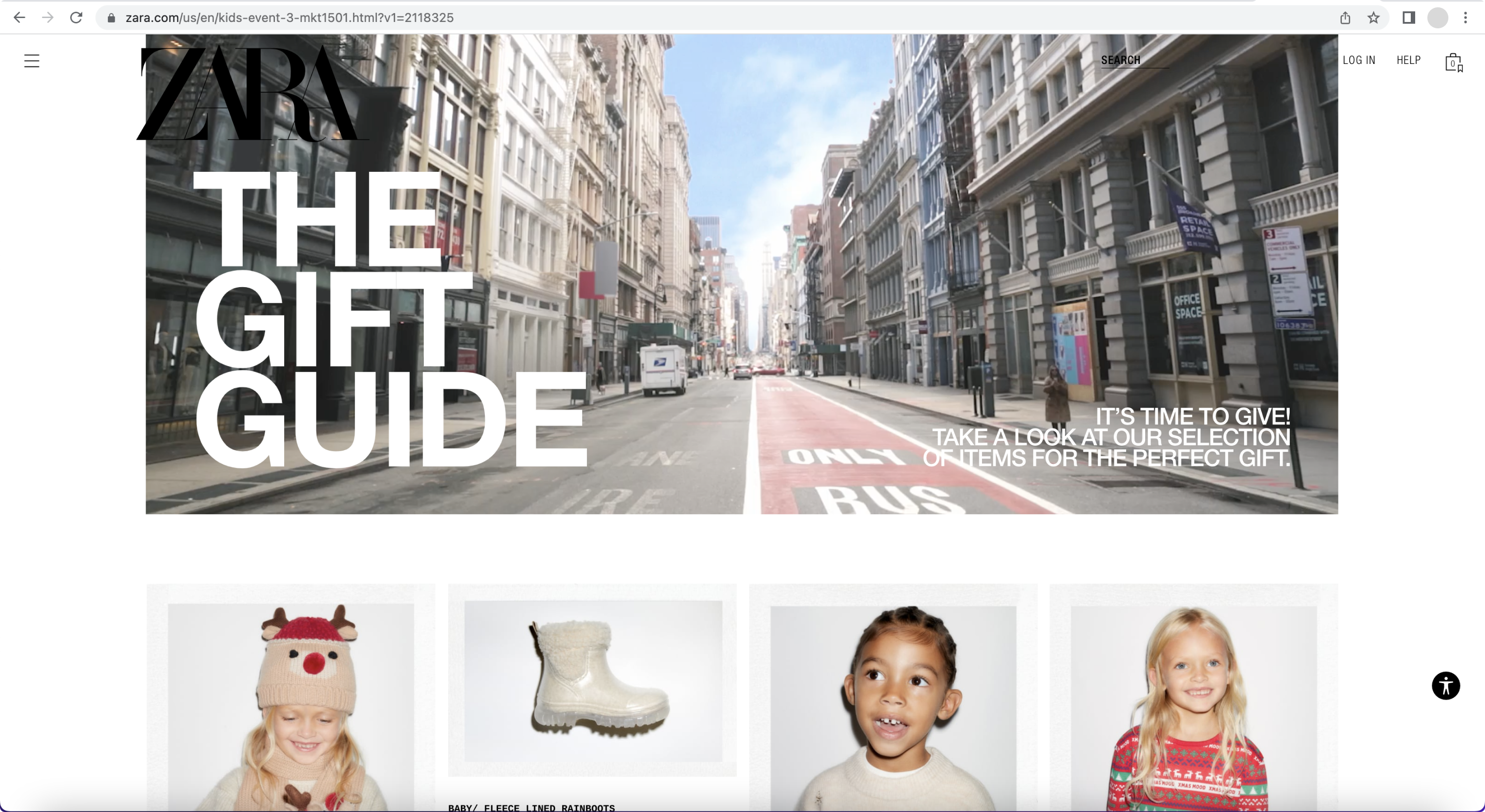The future of catalogs (And not just the ones in your mailbox)

JMS BLOG
With the holiday season upon us, and holiday shopping in full force, we’re taking a deeper look into the future of an age-old sales technique: the catalog.
Remember shopping catalogs? Of course you do, you get about a thousand of them from local stores filling up your mailbox. Sure, most (if not all) are just going to end up in the recycling, but the temptation to flick through them right before is acutely present when you can’t just scroll past.
Why does anyone bother sending out a catalog anyway?
Let’s get one thing straight: catalogs work. In an increasingly digital age, it might seem totally anachronistic to even think about it, but sending out physical catalogs has a profound effect on consumers across the spectrum of the marketing funnel. According to FGI Research, consumers spend an average of $850 on catalog purchases every year. Which makes a lot of sense when you realize that brand recall for print advertising averages at a whopping 75% compared to digital media which hovers at 44%. The one caveat being, of course, sustainability.
Sustainability has sway
81% of consumers prefer to buy from sustainable sellers, with 75% of Millennials changing their buying habits to align with their environmental efforts and 45% of Gen-Z simply refusing to shop from certain brands because of environmental or ethical concerns. A lot of retailers see this as a dead end for their sales, but really it’s just another door.
This new wave of sustainability-first thinking is a chance for retailers to get creative, especially when it comes to digital innovation. Taking the idea of print catalog – it’s immersiveness and excitement – and finding a way to translate it across a digital platform is an opportunity for retailers to enhance the way shoppers interact with their product on a daily basis, from the comfort of their own home.
Because even though the modern consumer enjoys the occasional print catalog, the key word to focus on there is ‘occasional’, which is not a word generally associated with successful marketing strategies. There’s a reason Capital One offers you a credit card in the mail every week and not once a quarter, and, no matter how many times you unsubscribe, Forever21 will find a way to send you promotional emails. In retail, familiarity doesn’t breed contempt, it breeds sales.
So if there’s no such thing as a “sustainable” print catalog marketing strategy, how can a brand yield benefit from those same results?
Create. Curate. Captivate.
What we recommend is focusing your energies on creating a smart, interactive, print-like catalog. We like to point to brands like Athleta and Zara as examples. Using full-bleed, high-res, imagery, brands like these develop their catalogs as digital lookbooks. Opting for web and mobile-friendly formats, the audience is able to engage with these brands through a focused and curated point of view, mimicking the experience of flipping through a brand catalog – without the environmental consequences associated with printing, packaging, and delivering print catalogs.



Make it a conversation, not a one-sided presentation
Another way to create a more tactile shopping experience is to add in interactive elements. Many digital catalogs allow shoppers to add items directly from photography, with a number of different “hover” options that allow the shopper to get to know their purchase through and through before making their selections. Adding an interactive element also helps detach younger audiences from the monotony of an endless scroll, bridging the gap a little more between the print and digital experience.
It’s not just business, in retail: it’s personal
Digital catalogs are connected…and shoppable in the places where people are already making purchases. Developing your digital catalog is just the first part. The second step to revamping your catalog strategy is how you make it available. Give your digital catalog an omnichannel presence in your own media ecosystem to get it in front of your target audience, and change it up as regularly as you would when sending out physical catalogs. Data analytics programs can also help you optimize your catalogs as per audience behavior, giving you insight into what’s working and what’s not in a way that you wouldn’t be able to have with print catalogs.
Don’t just sell, sell sustainably
According to eMarketer, time spent viewing digital media has reached an average of 8 hours per day, compared to mere seconds with print counterparts. But making sure that your digital catalog makes the cut is a matter of understanding what makes print catalogs so successful and finding smart and innovative ways to incorporate those plus points in a digital landscape. At the end of the day, with the right tools (and the right strategy), success and sustainability do not have to be opposing ideals in the realm of catalog marketing.